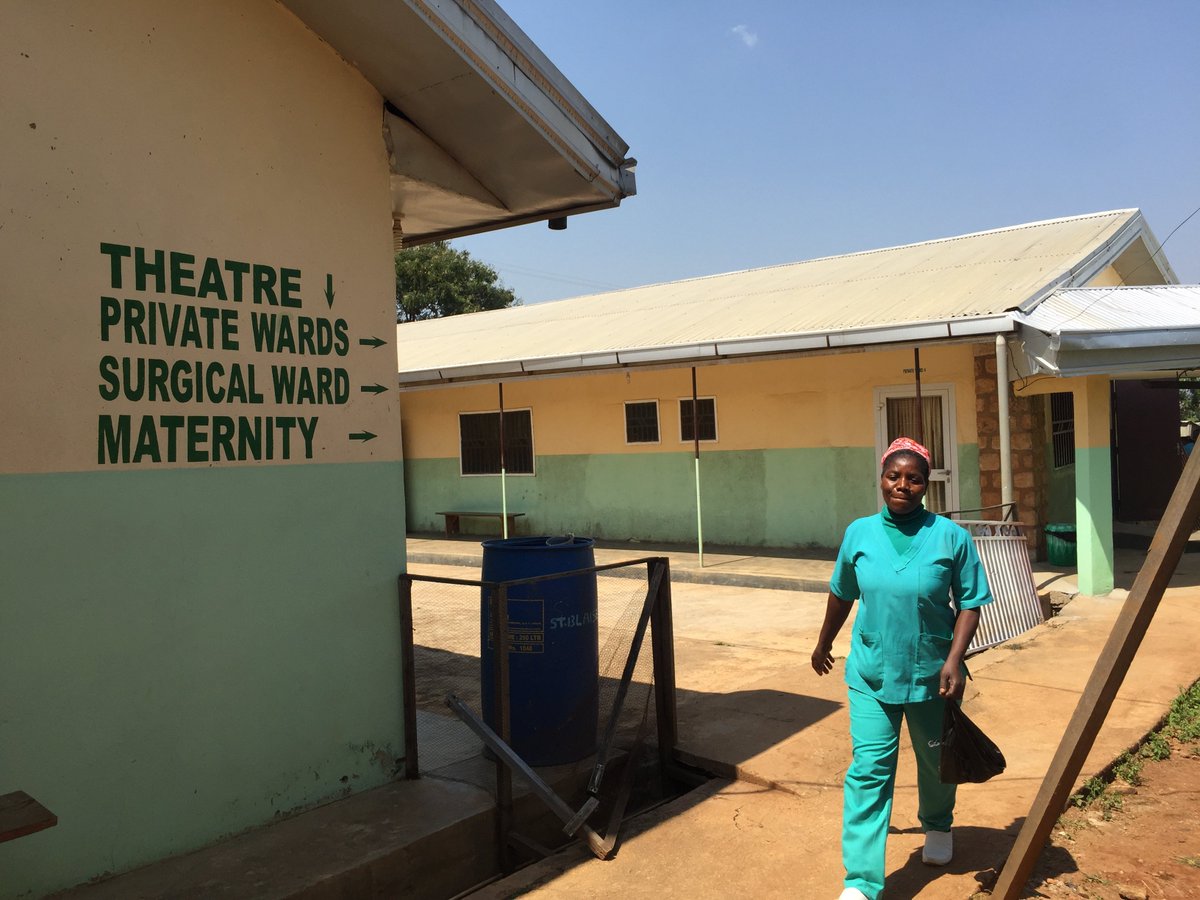
Read thread👇for an outline of #EvidencetoImpact story, ‘Reducing maternal & neonatal deaths by improving quality of care during labour’, by @valerynji90 as we begin our 7-day countdown to #WorldEBHCDay on 20 October! 

According to the @WHO, almost all maternal deaths during pregnancy, delivery or within 42 days of childbirth occur in low-resource settings, and most could have been prevented.
Cameroon is one of the countries with the highest maternal and neonatal mortality rates. Dr Valery Nji implemented evidence-based strategies to improve the quality of care during labour in order to reduce maternal and neonatal morbidity and mortality. 

The evidence implementation project commenced with a clinical audit to determine compliance with criteria developed from @WHO intrapartum care guidelines, which include non-clinical aspects such as effective communication, respectful care and labour companionship. 

Baseline audit results revealed that 6 of 19 evidence-based criteria showed less than 60% compliance.
There was 0% compliance for criterion: ‘Healthy pregnant women requesting pain relief during labour should be offered pain relief medications' owing to the traditional belief that pains in labour are normal, and that women need no additional pain relief medications. 

There was only 6% compliance against ‘Delayed umbilical cord clamping (not earlier than one minute after birth)’. The low compliance rate was associated with fear of intrapartum spread of HIV, despite no evidence showing that early cord clamping reduces transmission.
Following the audit results, the team used the Getting Research into Practice (#GRiP) framework to identify and assess barriers to evidence implementation, as well as strategies and resources required to overcome those barriers. 

A multi-pronged strategy was implemented to educate staff on best practice and train them in the use of the partogram, an essential tool that helps clinicians detect abnormal progress of labour, foetal distress and signs that the mother is in difficulty. 

Evidence-based guidelines were developed and the project team made sure midwives were aware of, and had easy access to, those guidelines. 

Six months post implementation of the project, 14 of the 19 audit criteria attained 100% compliance. Compliance improved from 0% to 63% for the criterion re pain relief for mothers in labour, and from 6% to 95% for the criterion re delayed umbilical cord clamping.
The evidence implementation project continues: compliance against all guideline criteria will be audited every six months. Traditional birth attendants will be encouraged to engage in #EBP and be educated on current guidelines. 

Watch short video of @valerynji90 outlining his project:
Read more about how the #EBHC project was implemented and its future directions. Go to worldebhcday.org/stories/story?…
• • •
Missing some Tweet in this thread? You can try to
force a refresh












